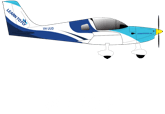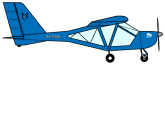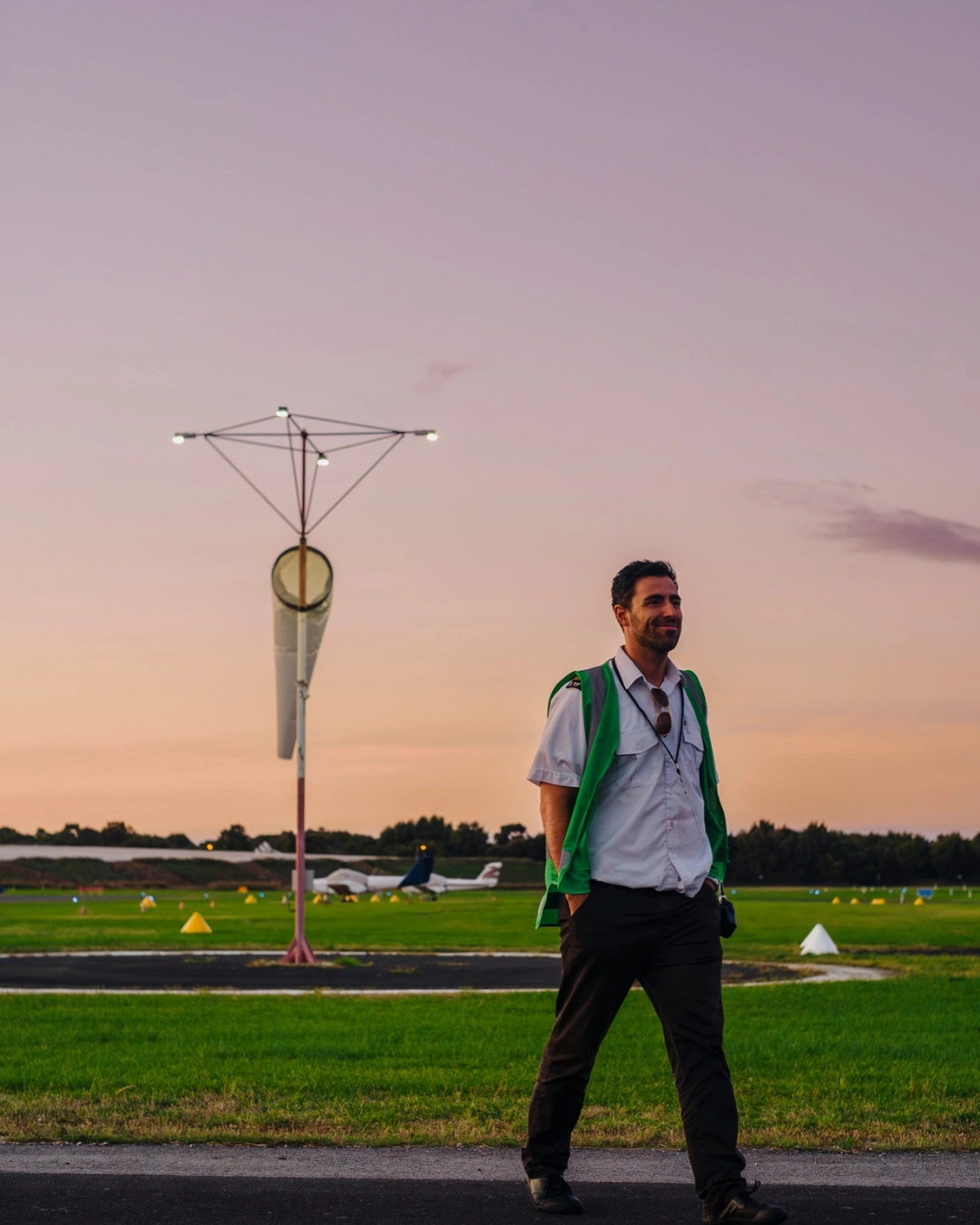
May 08, 2025
7 Tips for Landing Your First Charter Pilot Job as a CPL Graduate
Congratulations on earning your Commercial Pilot Licence (CPL)! Now, the question is: how do you land your first pilot job? While some choose to become flight instructors, others set their sights on becoming charter pilots. If you’re aiming for a charter pilot role, here are 7 essential tips to help you stand out and secure that first job.
1. Location Matters
Many charter companies are based in remote areas like the Northern Territory (NT) and Western Australia (WA), including hubs like Darwin, Broome, and Katherine.
Research these locations and be prepared to drive long distances—sometimes up to 16 hours—just to drop off your resume and meet the recruitment team in person. Even if you don’t get hired immediately, the effort to meet face-to-face demonstrates commitment and helps you make a lasting impression.
2. Be Prepared to Wait
Patience is key in the charter industry. Be ready to wait at least 6 months for a flying role. Save up for living expenses before relocating, as you may need a part-time job to cover costs in these remote areas.
To maintain flying recency, budget for 1–2 flights per month while awaiting interviews.
Some companies may offer ground operations roles first, such as baggage handling, customer check-in, or office cleaning, for 6–12 months. These roles help you learn the company’s operations and build trust, increasing your chances of transitioning to a flying position.
3. Email or Face-to-Face? Make It Personal
While some charter companies accept email applications, many prefer face-to-face interactions. With 150–200 applications flooding their inboxes, your email might get lost in the pile.
To stand out, send a polite email to inquire about booking a meeting with the chief pilot or hiring manager. Then, drive to the company, meet them in person, and hand-deliver your resume. This approach builds a personal connection, making you more memorable and showing your commitment.
4. Know the Types of Charter Companies
Charter companies fall into two categories for fresh CPL graduates: those that hire new pilots and those that don’t. Some require 800–1,000 hours of experience, making them a “second job” for later in your career.
However, some companies are open to hiring fresh graduates. Research these companies to understand their aircraft (e.g., Cessna 206 or Piper Navajo) and operations (e.g., passenger or cargo flights).
Note that some companies have contracts requiring specific pilot experience levels, so building charter flying hours is crucial for accessing more opportunities.
5. Timing Is Everything
In NT and WA, the wet and dry seasons significantly impact hiring.
Most charter companies avoid hiring fresh graduates during the wet season, as training new pilots in challenging conditions—like landing on dirt, grass, or narrow runways—is tough. New pilots also need to learn customer service and decision-making skills, such as when to divert or cancel a flight due to weather.
Companies prefer hiring during the dry season, allowing fresh graduates to gain experience in charter operations before tackling wet-season complexities. Plan your applications accordingly to maximize your chances.
6. Consider a GA Transition Course
Some companies offer GA Ready or GA Transition Courses, typically including a 2-day workshop on charter operations and 5 hours of flying.
These courses provide valuable insights into charter flying and experience at relevant airports, preparing you for interviews. Some companies may even hire standout performers.
However, completing the course doesn’t guarantee a job, you’ll still need to study and work hard. The knowledge and experience gained are well worth the investment.
7. Be Prepared to Shine
Preparation starts long before the interview. With charter companies receiving 150–200 resumes but hiring only 5–15 pilots annually, your resume needs to stand out. Highlight relevant experience, such as any time spent in challenging flying environments or customer-facing roles.
When meeting the hiring team, even you just want to drop off your resume, dress professionally—opt for a collared shirt over a t-shirt to make a strong first impression.
Research the company’s operations, including their destinations, runway conditions, and aircraft types.
If a check flight is required, ensure you’re familiar with the airport and confident in flying their aircraft. Demonstrating knowledge and preparedness sets you apart.
Final Thoughts
Breaking into the charter pilot industry as a fresh CPL graduate requires research, persistence, and preparation. By targeting the right locations, making personal connections, understanding company requirements, timing your applications, and presenting yourself professionally, you’ll be well on your way to landing your first charter pilot job. Keep flying, stay proactive, and let your passion for aviation shine through!
.


